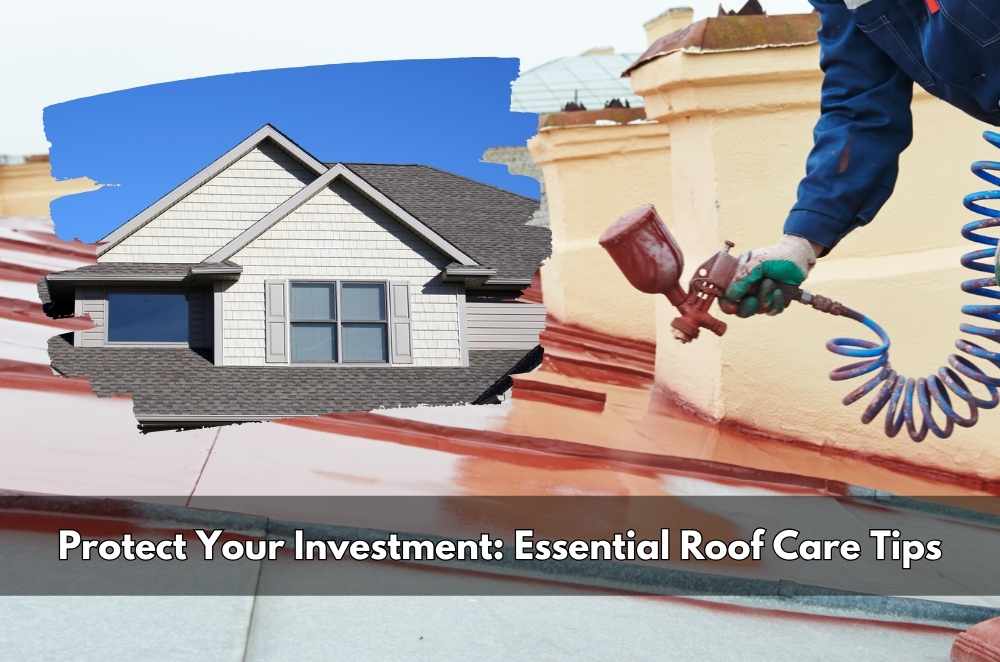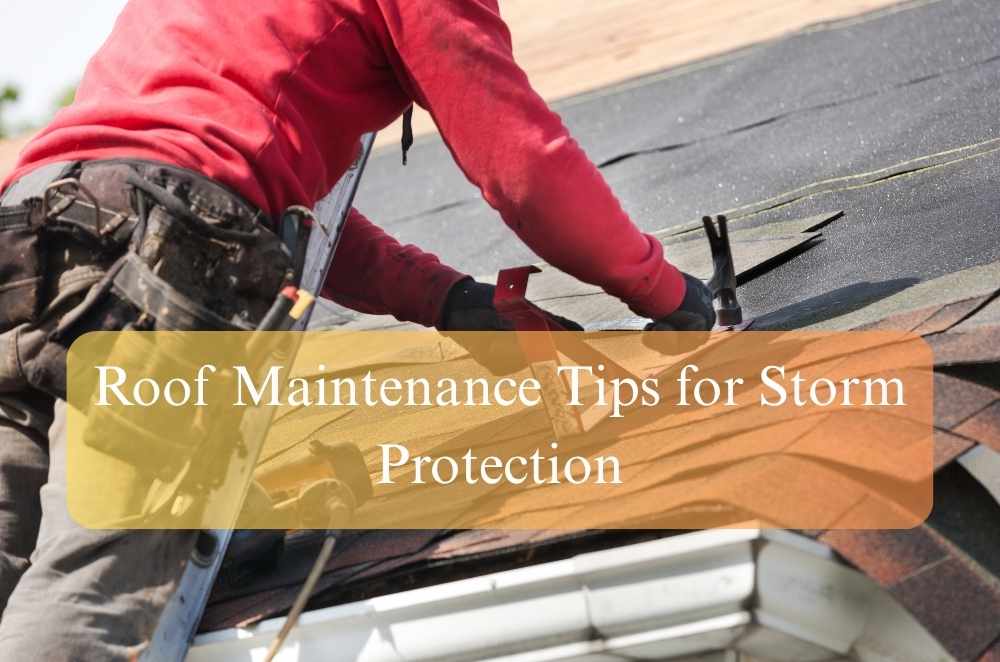
It's a familiar sight across Sydney, especially with the lingering heat from summer. People notice subtle, sometimes not-so-subtle, signs of wear in their homes. After a long, hot summer, and with the dampness of the approaching autumn, the question of whether it's time to engage residential roof painters becomes pressing—especially for maintaining your roof's durability and appearance as the seasons change. It’s not just about aesthetics; it’s about protecting a significant investment. A leaky roof, a patch of mould or a missing tile can set off a cascade of issues, ranging from structural damage to reduced property value. So, how can you ensure your roof endures the test of time? Let us review the important things you can do to care for your roof.
Understanding common roof deterioration factors
Sydney’s climate, while often beautiful, can be punishing for roofs. The beating sun, unexpected downpours, and occasional hailstorms all leave an impression.
• Weather factors: Weather is a roof's best friend and worst enemy, particularly in extreme temperatures. In the summer, roofing materials expand because of heat and contract because of coolness, producing cracks and weaknesses. Winter has its challenges, including torrential rains and, on occasion, frost in some areas.
• Organic growth: The humid climate is a bastion for algae, moss and lichen — particularly in shaded areas. These growths hold moisture, which can cause damage to roofing materials and lead to rot.
• Sun exposure and UV damage: The harsh Australian sun also deteriorates roofing materials, leading to brittleness and fading over time.
• Debris and falling branches: The incredible volume of eucalyptus trees, a signature of the landscape, lose branches and leaves that can collect on roofs, holding moisture and causing damage.
The importance of regular roof inspections
A roof inspection can be treated as a medical check-up for your home. It is better to address a little problem at the outset than to contend with a significant repair later.
• A technician will carefully examine the roof's surface, flashing, gutters, and ventilation during a professional inspection.
• It spots problems like cracked tiles, leaks and signs of rot.
• The best maintenance is preventive: early detection makes for timely repairs and prevents expensive damage.
Essential roof maintenance practices
Roof inspections are like home health check-ups. It is much better to catch one little problem early than to address one huge repair later. A roof inspection every couple of years or during maintenance can help prevent many future repairs. These evaluations extend beyond an initial visual inspection and explore the roof's structural integrity.
• Gutter cleaning: Regularly cleaning gutters prevents water from backing up and causing damage to the roof and fascia.
• Addressing minor repairs: Promptly fixing loose tiles, damaged flashing, and minor leaks is crucial.
• Proper ventilation: Ensuring adequate attic ventilation prevents moisture build-up, which can lead to rot and mould growth.
Recognising signs of potential roof issues
Knowing the signals of roof damage can prevent a lot of hassles. Recognising signs of potential roof problems early is essential for avoiding major, expensive repairs. Slight signs often indicate that a problem is brewing. Homeowners need to keep a watchful eye out for these tell-tale signs.
• Leaks: Water stains on ceilings or walls indicate a leaky roof.
• Missing shingles or tiles: Visible gaps or damaged roofing materials indicate potential leaks.
• Sagging roof: A sagging roofline indicates structural damage and requires immediate attention.
• Attic moisture: Dampness or mould in the attic is a sign of poor ventilation or leaks.
• Exterior signs: Look for peeling paint, rotting fascia boards, and rust on metal roofing.
Considerations for different roofing materials
Various types of roofing materials require varying degrees of maintenance. The type of roofing material used will significantly affect a roof's maintenance and life expectancy. Each of these materials has specific features that require maintenance.
• Asphalt shingles: These require regular inspections for damaged or missing shingles.
• Tile roofs: While durable, tiles can crack or break, requiring replacement.
• Metal roofs: Metal roofs generally have low maintenance but should be inspected for rust and corrosion.
The role of professional roof assessments
A professional inspection provides a complete assessment of your roof's condition. It requires expertise and attention to detail that few homeowners can match. Such assessments are critical to identifying problems and resolving them before they manifest.
• A professional can identify hidden problems that a homeowner might miss.
• A detailed report clearly explains the roof's condition and any necessary repairs.
• Clear communication ensures the homeowner understands the process and any recommendations.
• Experience in the industry provides the homeowner with peace of mind.
Local environmental considerations and roofing
Sydney's unique environment presents specific challenges for roof care. The local environmental factors surrounding necessitate tailored roofing considerations. These conditions exert distinct pressures on roofing materials and require proactive measures to ensure longevity and resilience.
• The coastal climate, with its high humidity and salt spray, can accelerate corrosion on metal roofs.
• Bushfire-prone areas require fire-resistant roofing materials.
• The abundance of native flora, while beautiful, requires regular cleaning of debris from the roof.
• Sudden intense storms require roofs to be in top condition.
Conclusion
Exploring affordable residential roofing solutions especially important in this climatic landscape, where roof care demands alertness and ongoing effort. Knowing the influence of environmental conditions, identifying the earliest signs of wear and tear, and taking steps before a problem develops are critical. A roof’s longevity and property value are directly correlated to regular inspections, specific maintenance based on roofing material, and professional evaluation. The challenges of Sydney's coastal context, bushfire risk, and diverse flora require a different approach—roof lifespan for local knowledge. Feel free to share your experiences with roof maintenance in the comments below, and let’s keep the discussion going.





Write a comment ...